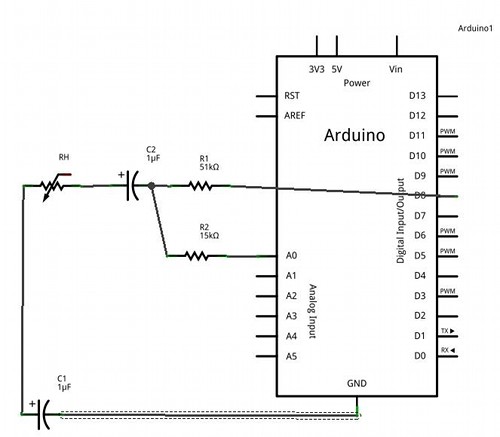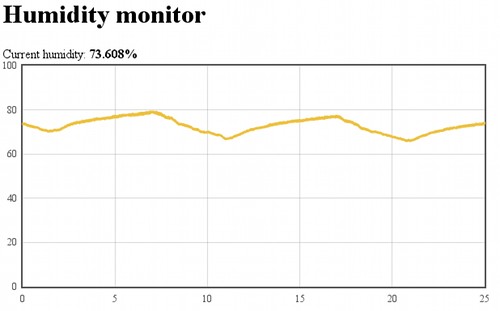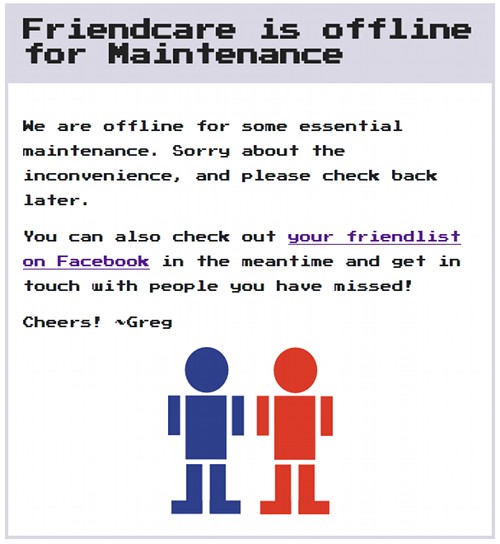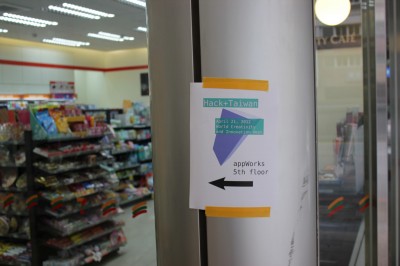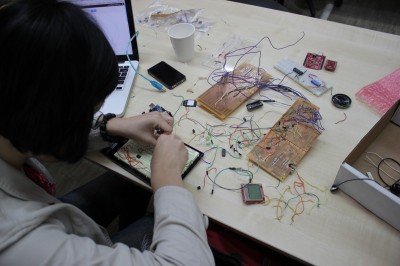I was out with a few friends the other day, they were forming a team to go to StartupWeekend Taiwan Hardware next month. I have been to one or two previous StartupWeeekends and they are good fun. Haven’t made up my mind about the hardware one, but since they asked me could they prepare for it, since it’s their first experience, I did try to gather some advice. Not sure how better they are off with it, but I hope at least a little. Looking at the previous events, a little bit of experience and knowledge can put people way ahead, because Taiwan is just learning startups, every experience is golden.
Later, though I started to think what I have told them. One particular advice I had to examine: don’t start with a tech that you find interesting, start with a story instead and choose your tech for that.
Now I’m not that sure that this is a good advice for every occasion, especially because I was brainstorming about one particular tech that really excites me, and if I was right earlier, then I’m wrong now. And the more I thought about it, the more I felt, that there can be a case (especially for StartupWeekends) for starting with a tech, even if it is probably the harder way to get something awesome out of the process. Still, given that limitations make one more creative, it worth doing at least some proper brainstorming about it.
Lilypad Arduino
The tech I was thinking about that time was the Lilypad Arduino. I haven’t got one (it’s sitting in my Sparkfun basket, ready to be ordered), but really want to make a project using it.
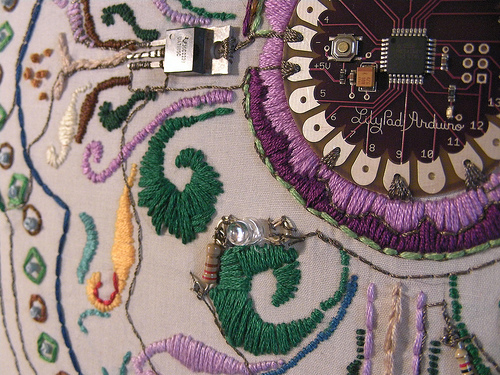
The Lilypad Arduino is a microcontroller (a very tiny computer) that you can stitch (using conductive thread), and people most often use it for wearable computing / smart clothes. It has a lot of periferials, could use it with LEDs, accelerometers, buzzers, buttons, light sensors, temperature sensors, wireless communication, vibration motors, and whatnot… Really the imagination is the limit.
So now the question is, what kind of projects I could come up with that could use this. In the last few days of brainstorming (and now writing this), I came up with a couple of opportunities, not sure if any of them has been done. Not sure about the quality either.
Project ideas
Smart bag: figure out how to make some simple/small way of communicating with a little sensor that can be attached to items that one does want to always bring along: keys, wallet, phone…. The bag would sense it if they are out of its range and warn the user. Never leave stuff behind at home or at a cafe.
Visual turn-by-turn navigation for cycles: use a smartphone to get navigation directions to where you want to go with your bicycle or motorcycle. A jacket is outfitted with lights on both arm, and would have a Lilypad to communicate with the smartphone, signaling which way to turn and when.
Movement direction clothes: smart clothes that would detect the position and posture of the person wearing them, and use light or vibration to signal what movement is the next one. Could maybe correct choreography or teach karate katas.
Communicating clothes: this could be done in multiple ways, wireless, infrared (like the TV remote control, just two way), consciously controlled or in the background. Ultimate spy clothes, send messages between people in the crowd without them actually doing anything. Could local business send out signals that are received the clothes could prompt you with a deal or order ahead your favorite if you are a regular (though, this can really easily be very spammy). Also, the different units can synchronize with each other – cue super visual flashmob.
Smart bedding: what if your bed could monitor your sleep and wake you up when the morning comes? Bit like Wakemate, but for the bed.
People tracking: build into work clothes for a factory and can log in and out people just by sensing them. Make it part of the ticket in an amusement park, and can see which rides are too popular, can communicate back to advise about waiting time and suggest other ways to pass the time. Finding people in a crowded place in emergency, see if anyone’s left behind. Though these can be very 1984 if done badly….
Health sensing: monitor vital body functions for people who are somehow at risk: older people, partying in town (drink responsively), doing sports…. Warn them when some critical situation is predicted.
Style guide: clothes having smart tags with “style” and “colour” and “pattern”, and either all of them collectively, or a central piece of clothing would check whether these thing you wear do match with each other. Could also make recommendations what to wear. “I have this trousers, shoes, and so on – which shirt should I wear to that?” – press a button, the right choice lights up or vibrates in the closet.
Well, that’s for now. Most of these, I realize, are quite a bit tentative, many of them seem to miss some key ingredient, or have a (technical) problem to solve before it would work. Which one would I bring to a StartupWeekend if I’d go, which one is ready to be made and could be made in 54 hours? Tough one…
Found anything interesting here, or have some more ideas? I’d love to hear them, let me know in the comments!

